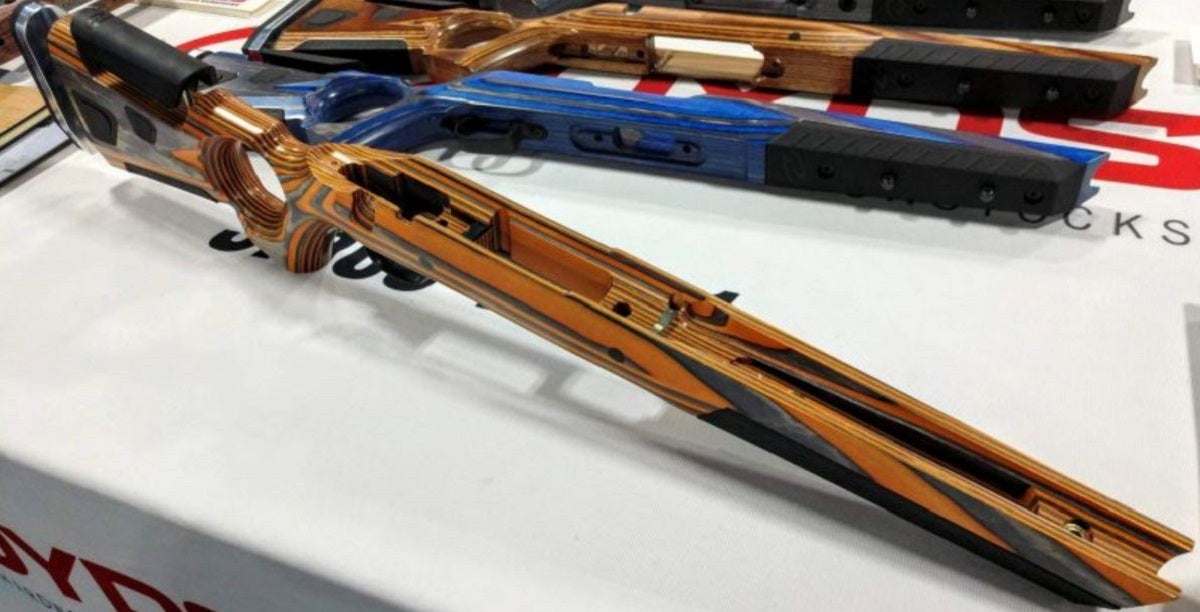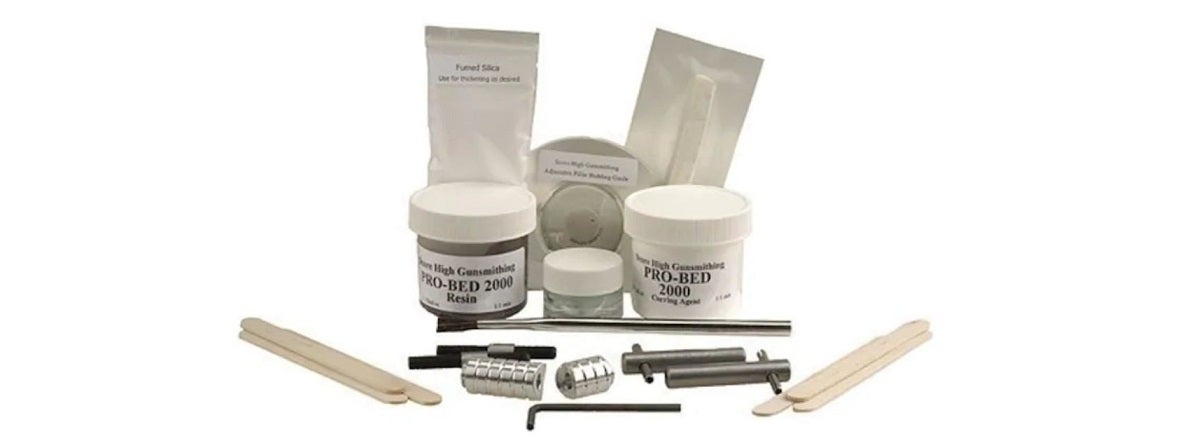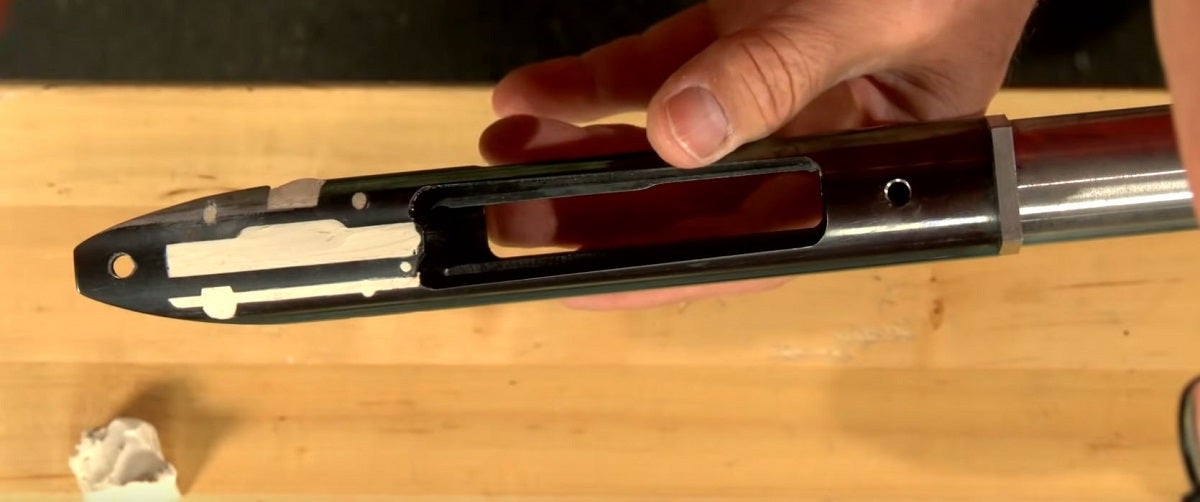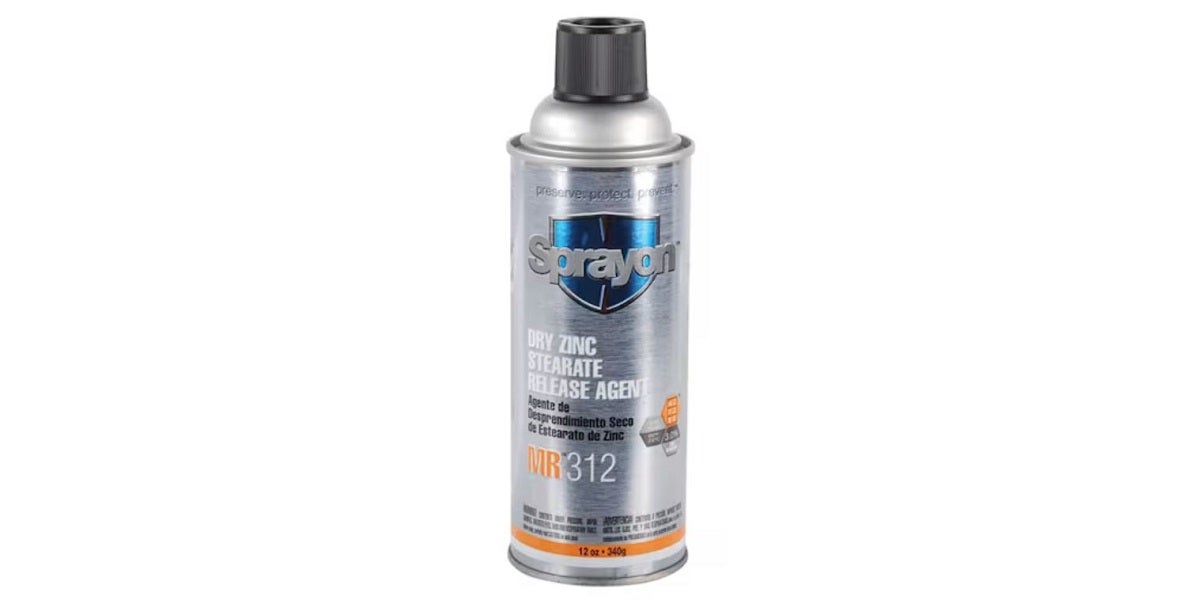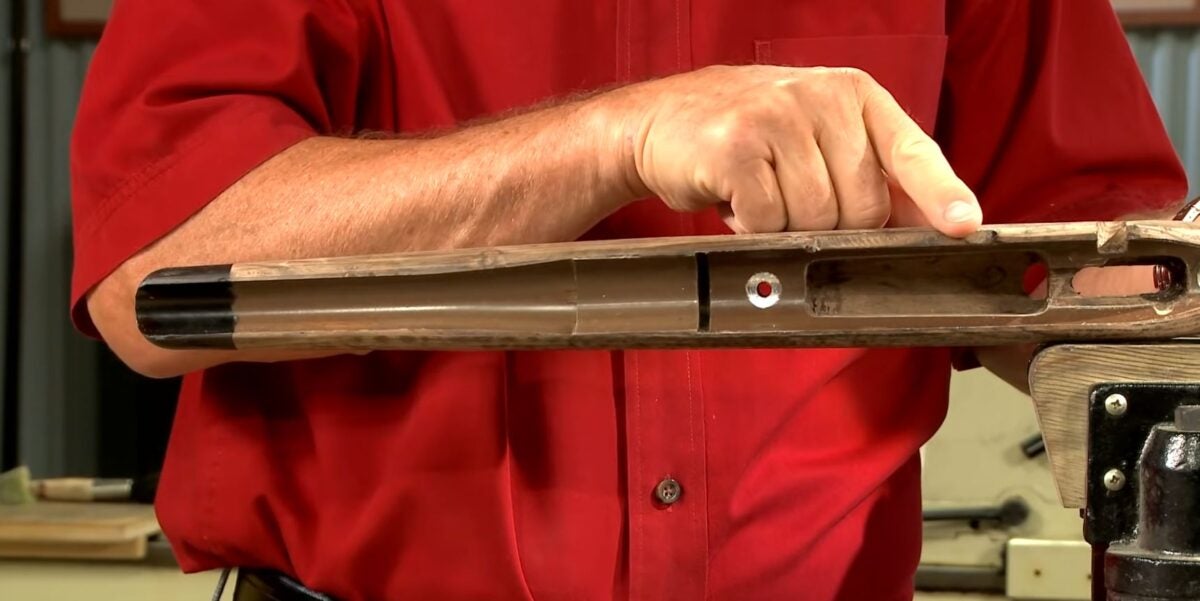Bedding a Gun Stock: What Is It, Why Do It, and How?
Travis Olander 12.21.23
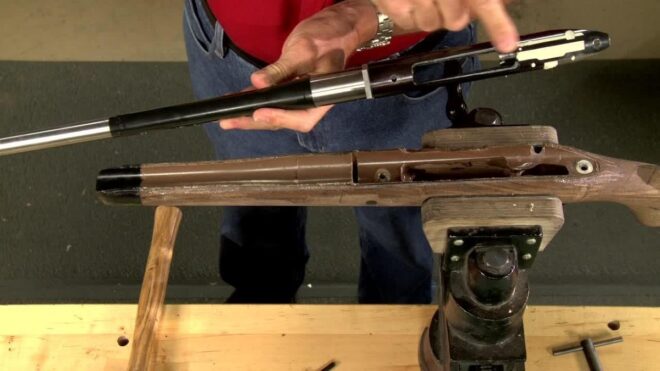
Making a rifle more accurate is a game of chasing tolerances. Whether it’s lapping scope rings to ensure your optics are perfectly aligned, polishing trigger surfaces or upgrading your trigger for a smoother pull, or investing in a custom rifle chassis, all these upgrades are designed to improve tolerances between key components to provide more consistent points of impact. But these various upgrades can get costly. Some triggers and chassis cost hundreds of dollars, with tertiary parts required to make them function. It also means throwing away factory components, which isn’t always the best investment. In some cases, improving your gun stock with bedding can provide a significant boost to accuracy and recoil mitigation. What is bedding, exactly? How does it work and why bother? Let’s see how bedding a gun stock works.
Gun Stock Coverage on AllOutdoor
- Do-It-Yourself Project (DIY) – Camo Painting a Rifle Stock
- AG Composites – The Gun Stock Company We Didn’t Know We Knew
- Guide to PDW Stocks: The Good, Bad, and Ugly plus our 2023 Top Picks
- New SAUER 100 Rifles Featuring H-S Precision Stocks
- [SHOT 2023] DD Pro Chassis Folding Stock Adapter for Delta 5 Pro
What is Gun Stock Bedding?
Glass bedding is a compound made of cured resin. It functions like any two-part epoxy; it’s applied as a liquid and hardens into a high-strength, glass-like surface. Bedding is applied to the interior of a gun stock, where the action rests. While in a liquid state, the bedding compound is spread across all contact surfaces, and the action is temporarily reinstalled.
While wedged between the action and stock, the liquid compound hardens, forming a perfectly molded surface upon which the action will permanently rest. This cured bedding greatly improves the surface area of contact between the action and stock, which aids in dispersing recoil and preventing the action and barrel from moving when fired.
Why is Bedding Necessary?
Factory gun stocks – especially those made of nylon composites and wood – are machined with tolerances that help keep costs down for the average consumer. In other words, when it comes to rifles that don’t cost thousands of dollars, the fitment between the action and stock isn’t perfect. But this imperfect fit can allow the action to flex or move when fired, reducing accuracy.
Over time, this movement can weaken fasteners and bolts, exacerbating the issue. This movement also applies sheer stresses to both the action and stock, which can bend bolts or cause cracks to develop in steel, composite, or wood.
Bedding is Cheap and Effective
Bedding a stock provides a more perfect fit than simply upgrading your stock or buying a rifle chassis. Even those high-end upgrade can’t compete with the truly custom fit you achieve by applying bedding compound to your stock to fit your particular action. Bedding a stock is more affordable than those upgrades we mentioned, too. Even “cheap” stocks and chassis often cost $400 to $1,000 or more. And when you swap a stock or install a chassis, you might also have to buy other components to make your rifle compatible or complete, like new magazines or a new buttstock, scope mount, and grip. Bedding kits that come with all the tools required to do the job yourself cost well under $100 – like the Score-High Bedding Kit, a professional option made for the Remington 700 action. For any other gun, universal bedding compound from the same gunsmith supplier costs just $25.
How Do I Bed My Stock?
The process is easy, as our favorite gunsmith, Larry Potterfield from MidWayUSA, shows us how to do it. Below is a brief summary of the key steps. First, you’ll need to remove the barreled action, trigger, and all fasteners from your stock. The stock surfaces wherein the action and barrel rest need to be sanded to account for the bedding’s added material. Sandpaper works fine, but a barrel bedding tool in the correct diameter will make the work quicker.
Once the stock is sanded, it’s ready for bedding. But the action and barrel need to be prepped with two key steps. First, all cavities and threaded holes in the action need to be sealed to prevent bedding compound from creeping inside and hardening, which would otherwise damage your rifle. These cavities can be filled with modeling clay, as illustrated above. But Crayon wax can also used, and it works quite well for filling in smaller voids; it can be heated and melted away later.
The action and barrel also need to be sprayed with a release agent (like this Sprayon Glass Bedding Aerosol). The release agent prevents bedding compound from sticking to the surface of the action and barrel, helping to promote a smooth mating surface while the bedding cures. Once the action’s prepped, bedding compound can be mixed with its hardening agent, and applied to the stock. All contact surfaces should be coated liberally; excess compound can be chiseled and sanded away once cured. After the compound is applied, the action and barrel are temporarily reinstalled, molding to the compound to produce a perfect contact patch. The compound requires 24 hours to fully cure, then the action can be removed.
Here, we can see the impression left by the action while the bedding cured. A now perfect contact surface is formed between the action and stock, including the void wherein the integrated recoil lug rests. Excess material simply needs to be sanded away from areas where the magazine and bolt rest. An inletting scraper works well for removing small amounts of bedding without damaging the adjacent surface.
Once you’ve done the work of accurizing your gun stock with bedding, you’ll probably need to refinish the exterior with yet more sanding and finishing. Follow our guide on how to paint your gun stock with custom camouflage. Bedding isn’t a cure-all, though. If your stock is cracked, bedding compound won’t fix it, and it’s time to just buy a new, better stock. We recommend AG Composites. They make some impressive carbon fiber stocks.
